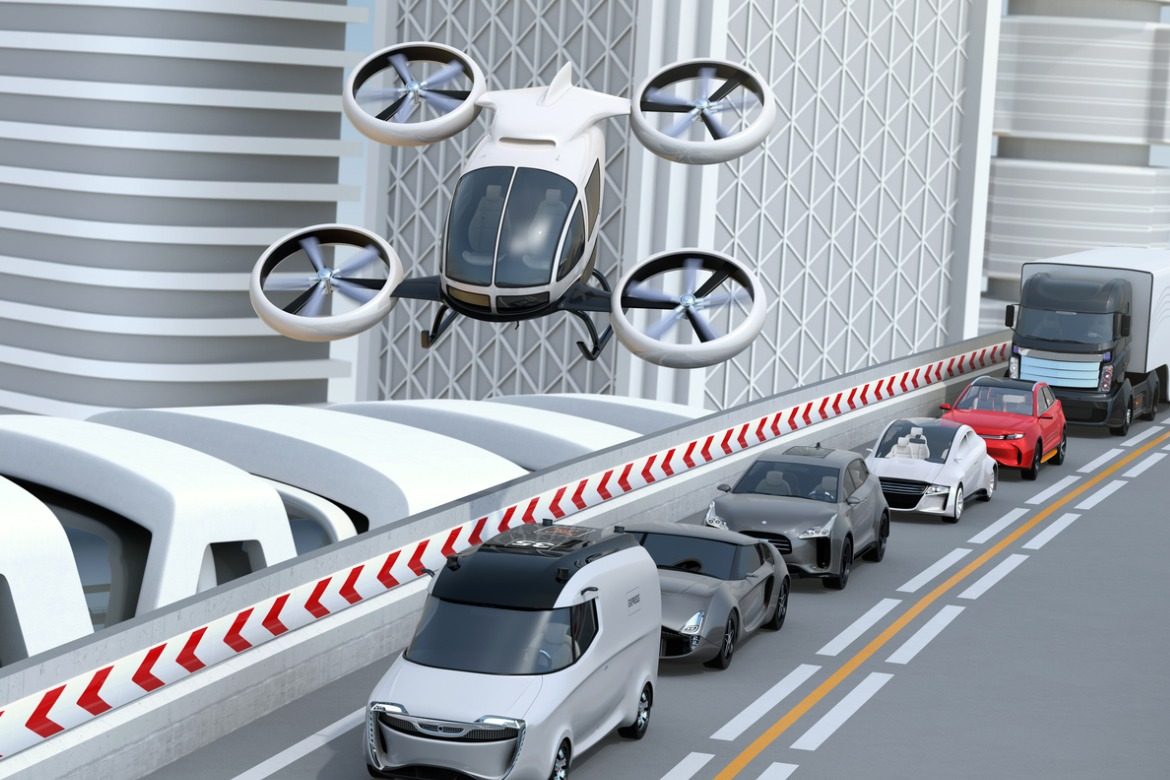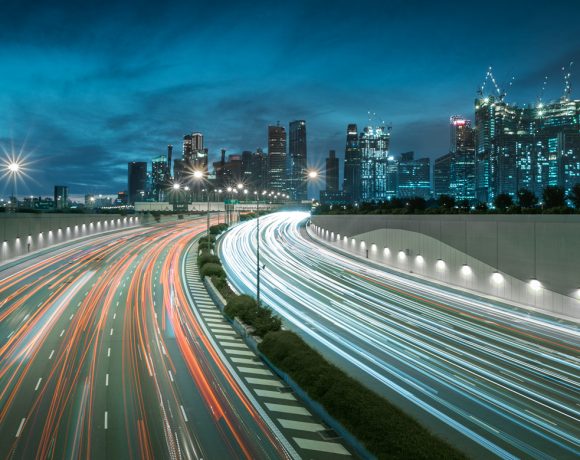- Urban Air Mobility (UAM) is the reference term for a transport and mobility system composed of aircraft, transporting people and goods or performing diverse services for other sectors, operating between 300-600 meters off ground level and principally travelling short and medium distances, mostly inter and intra cities.
- The UAM industry has been growing exponentially and gaining more interest during these last five years. It is at the forefront of Korea’s ICTs and transport sectors’ campaigns, as well as major investments and the research sector. R&D strategies are constantly being developed to improve these future aircraft, such as the development of hydrogen cells and hybrid-powered aircraft.
- Regulations for the Korean UAM industry regarding security, institutional framework, aerial space, data sharing, flight routes and permits are still under discussion.
Intro
We often talk about how our future is much less glittery than what popular media had imagined for the 21st century in the 60s, 70s and 80s. We still have as many wars and social issues, some authoritarian regimes, and economic crises, topped off with a more urgent than ever global climate change crisis. No aliens have come yet, we cannot teleport, and flying cars are just science fiction. Or maybe not.
Flying cars have actually been in development for over five years. Started in the US, and then Europe and Korea, projects and existing prototypes are currently being tested and submitted for approval (it stands for Concept of operations, which means a diagram, design or other presentation describing with the aim of bringing clarity, direction and accurate description of operation or plan). Testing phases are currently being prepared, with the aim of commercialisation in 2025 in South Korea.
What is UAM
What exactly are we talking about? We are talking about UAM or Urban Air Mobility, part of the AAM or Advanced Air Mobility, a more general transport sector. The latter refers to a digitalised and automated use of advanced technology and, generally, the next generation of aircraft and drone transport and mobility. UAM is then the reference term for a transport and mobility system composed of aircraft, transporting people and goods, or performing diverse services for other sectors, operating between 300-600 meters off ground level and principally travelling short and medium distances, mostly inter and intra cities. Their take-off and landing are also vertical, which allows the easier purchase of “vertiports” across a city and makes this transport mode implementable in large cities.
The industry has been growing exponentially and gaining more interest during these last five years, so today, it is at the forefront of Korea’s ICTs and transport sectors’ campaigns, as well as major investments and the research sector. It is also part of the 2040 Seoul masterplan transport sector features and is to be installed in three different phases along the Han River in Seoul to rend the city innovative and competitive on the international 4.0 tech scene. Due to its nature, UAM needs the knowledge and cooperation of multiple different industries in order to make it become a reality.
Whether it is communication specialists, aircraft-manufacturing companies, data providers and operators, or battery fabricants, more than 200 domestic companies entered the UAM field in 2020 and announced investments, and this number is only growing.
The K-UAM challenge
The K-UAM Grand Challenge was started by the government as a demonstration pilot in November 2021 and launched as a comprehensive program this year until the commercialisation of UAM in 2025. It took off as a platform for major conglomerates to enter the market, present and test their models, and for the government to validate ConOps and traffic-management technologies, with the aim of supporting the future commercialisation of K-UAM. As the demonstrating program will last at least two years, chaebols (Korean conglomerates) mostly joined the platform as consortiums to enter the market with the best assets. As an example, the giants of telecommunication partnered with companies of different sectors useful to build aircraft and infrastructure and develop traffic data management.
For instance, LG-U+ partnered with KakaoMobility, GS Caltex, Jeju Air, Pablo Air, and Vertical Aerospace. SK Telecom is also cooperating with Korean Airports Corps and Joby Aviation, and KT joined hands with Korean Air, Incheon International Airport Co., and Hyundai Motors. The latter also declared in 2019 that UAM would take up 30% of the company portfolio in the near future.
R&D strategies are constantly being developed to improve these future aircraft, such as the development of hydrogen cells and hybrid-powered aircraft. Regulations for the Korean UAM industry regarding security, institutional framework, aerial space, data sharing, flight routes and permits are, however, still under discussion. As part of the initial phases, the plan is to build the first route along the Han River between Gimpo Airport and the Yongsan International Business District, but as the current president is set to relocate to Yongsan-gu, other military security discussions are taking place.
Furthermore, with regard to the climate change crisis and Korea’s take on industrial energy, paradigm change materialised notably in the form of the 2050 energy strategy and implementation plan and questions around the fundamental necessity of flying cars and the energy required by their infrastructure and operations might arise too. The notion itself of what a competitive city is might be challenged at the same pace as the development of 4.0 technologies.






NO COMMENT